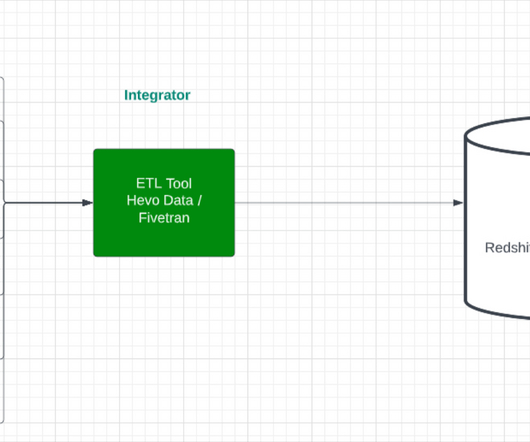ELT Explained: What You Need to Know
Ascend.io
NOVEMBER 21, 2023
The emergence of cloud data warehouses, offering scalable and cost-effective data storage and processing capabilities, initiated a pivotal shift in data management methodologies. Extract The initial stage of the ELT process is the extraction of data from various source systems. What Is ELT? So, what exactly is ELT?
















Let's personalize your content